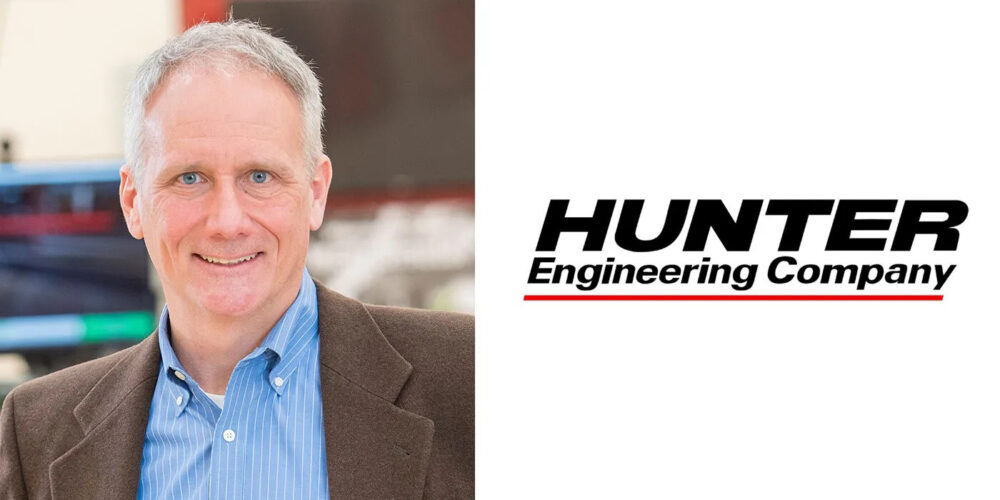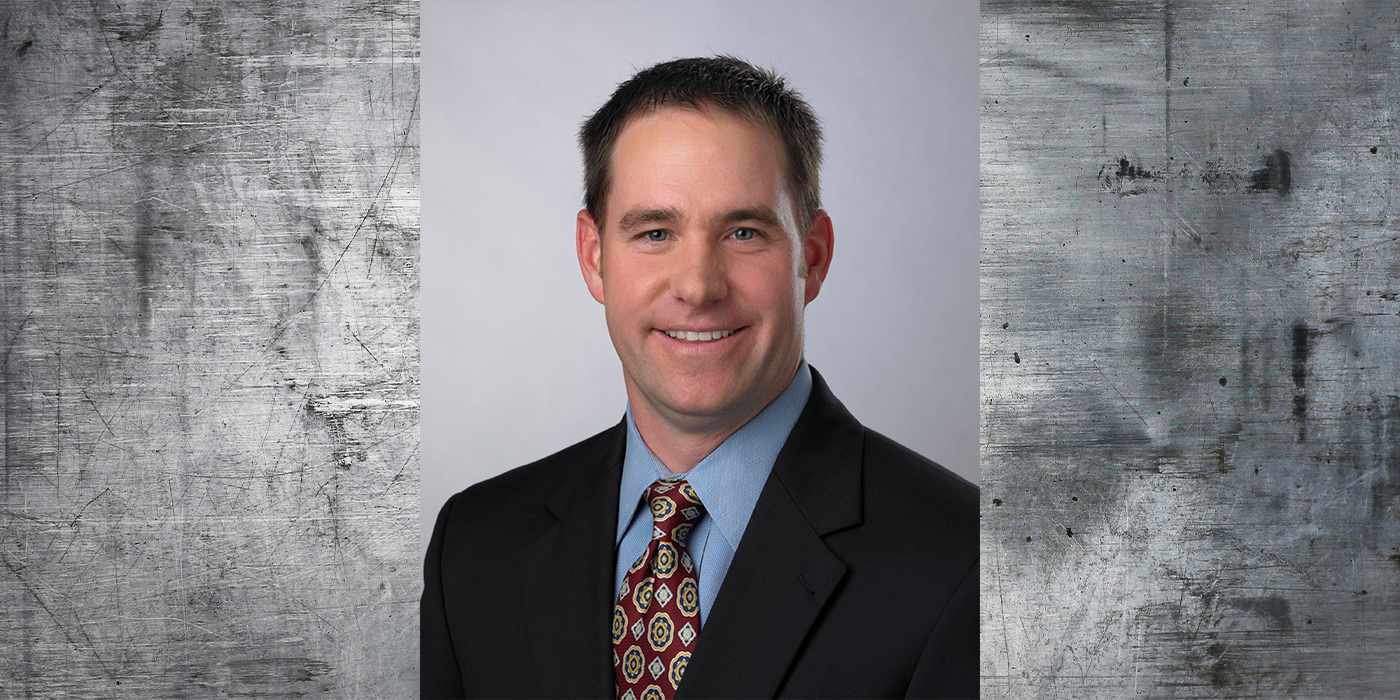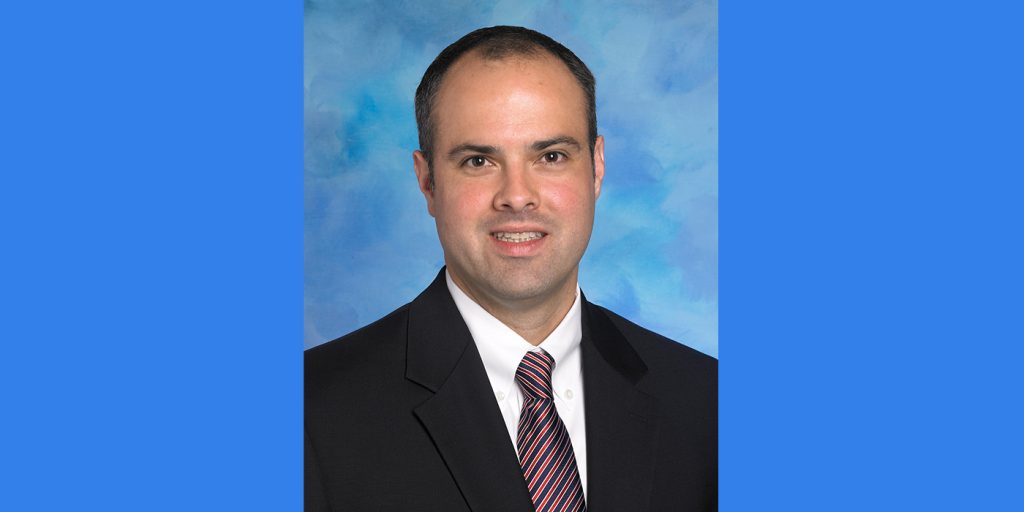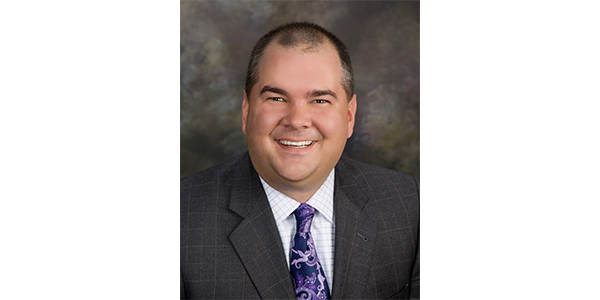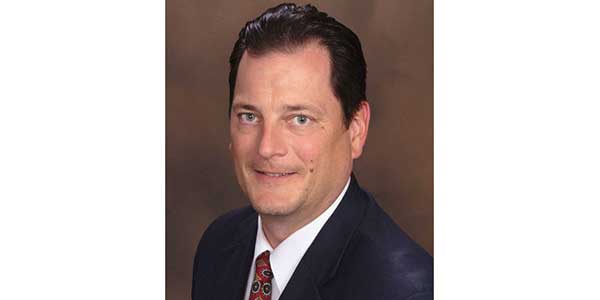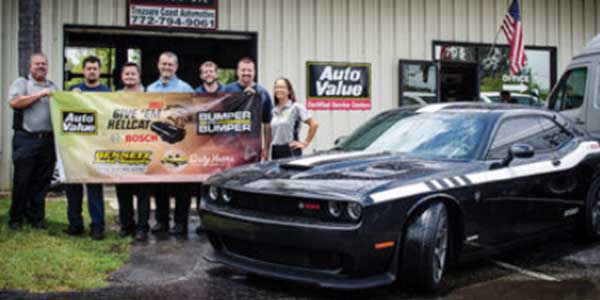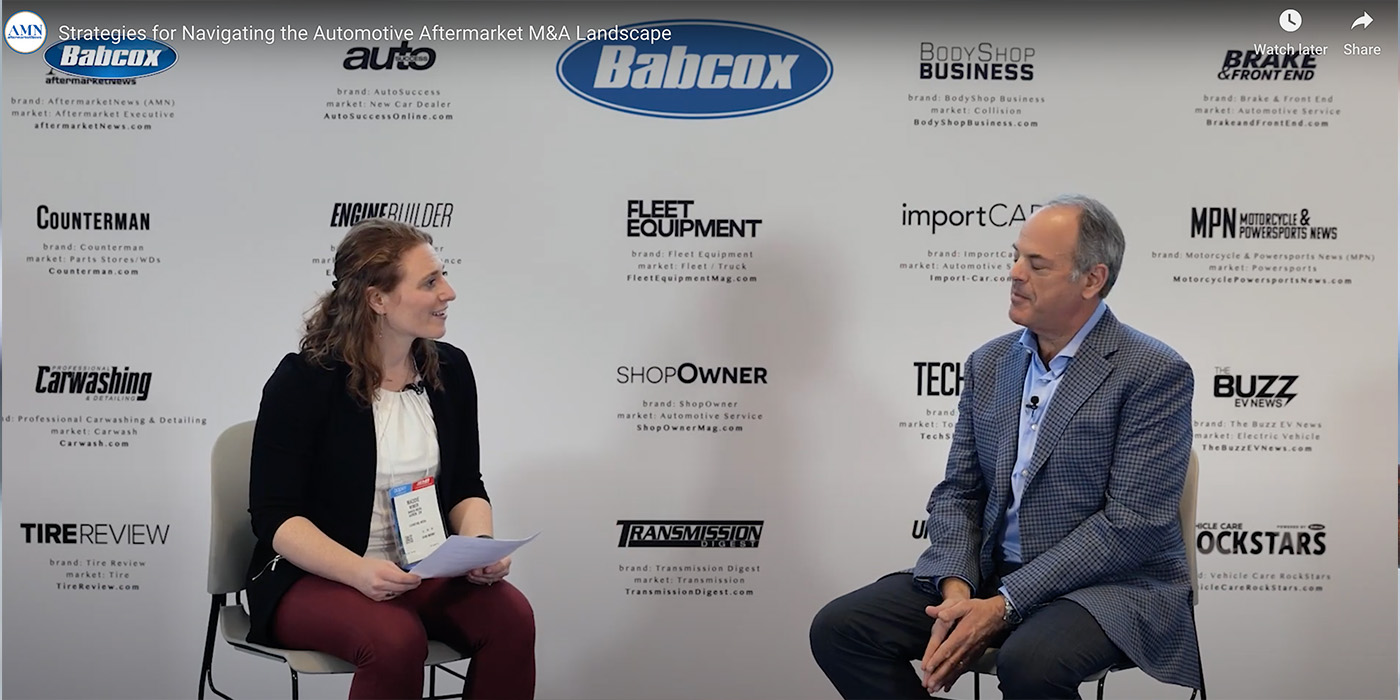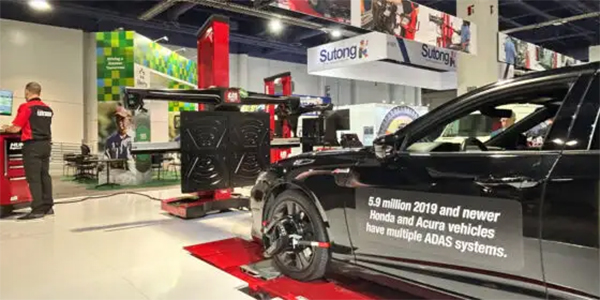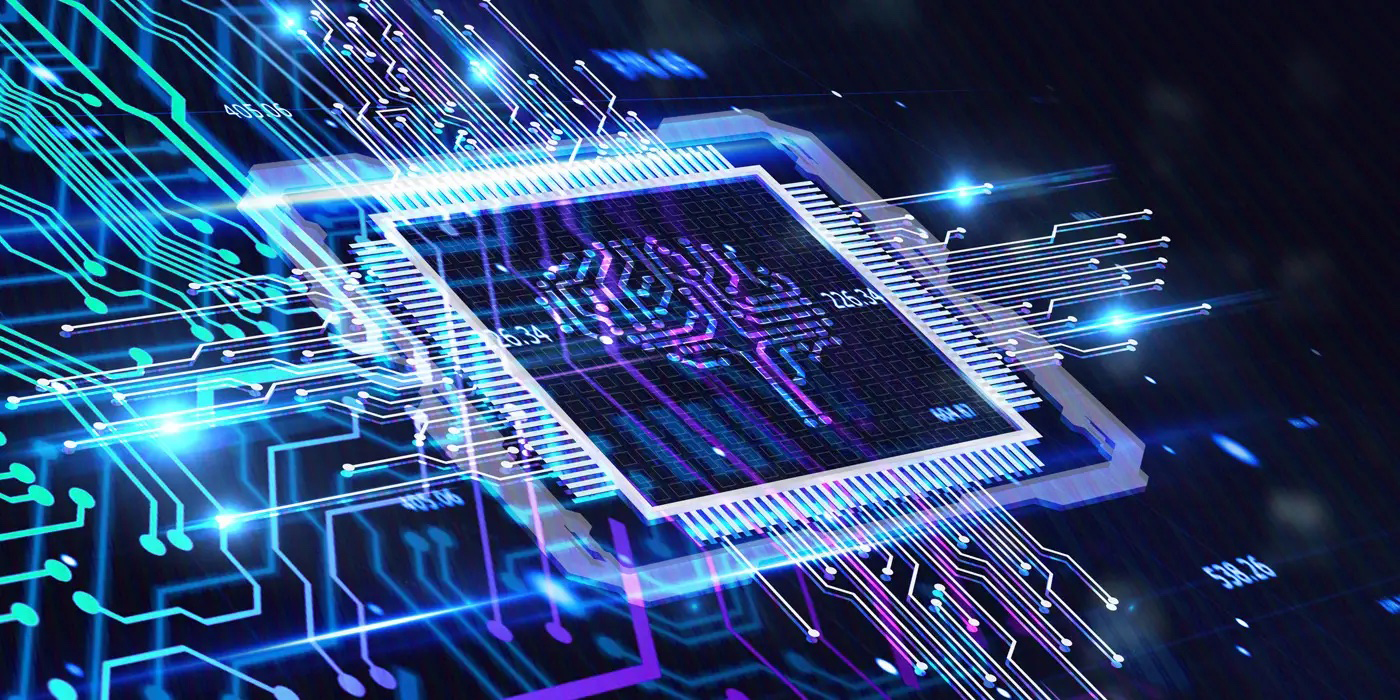Hunter Engineering may have started in the wheel-service business in 1946 with just a tune-in wheel balancer, but today, it’s safer to ask what the St. Louis-based company doesn’t do when it comes to wheel service. While its traditional balancers and tire changers are staples in shops around the world, Hunter has evolved with the times, and now thinks of itself as a technology company, branching into ADAS calibration systems, wheel alignment and touchless vehicle inspection equipment to name a few growth areas.
This interview is courtesy of Aftermarket News.
But what sets it apart from its competitors is being an early adopter of the Internet of Things (IoT)–connecting its equipment through a cloud portal so that shop owners can determine the utilization of their Hunter equipment. The company prides itself on being on the cutting edge, yet it stays true to the fundamentals of making wheel service faster, more efficient and safer for technicians, says Pete Liebetreu, vice president of marketing at Hunter Engineering,
In this AMN Executive Interview, Liebetreu explains Hunter’s Ultimate ADAS system, the importance of connected equipment, areas of growth for the company and its outlook on wheel service for EVs.
AMN: I want to talk about Ultimate ADAS, which Hunter launched at SEMA last year. What makes this product different from what’s already out on the market?
Pete Liebetreu: Already on the market, we have the OEM procedure, which can be a 25-page series of layout exercises. Then, there’s equipment strictly focused on forward-facing cameras and radars. Those reduced some of the layout work and simplified the calibration process.
I think the best way to visualize Hunter Engineering’s Ultimate ADAS is that it completes the promise of all the ADAS tools out there. It doesn’t just take steps out of the process; it guides technicians on the screen on how to set up a calibration one step at a time. It also calibrates around the car— not just forward-facing cameras and sensors. The equipment will tell technicians exactly where to place a target and how much space they need. Then, they’ll get confirmation they’re setting it up correctly. That’s what I mean by fulfilling the promise. When a technician tells the car to calibrate, they can be confident that the targets were in the right spot, and the calibration is being done correctly.
In the past, calibrations needed to be done on flat surfaces. With Ultimate ADAS, technicians can do a lot of procedures on a rack and compensate for height differences. All calibrations are done to the OEM’s specs, but we’re just doing it in a way that takes the burden off the technician.
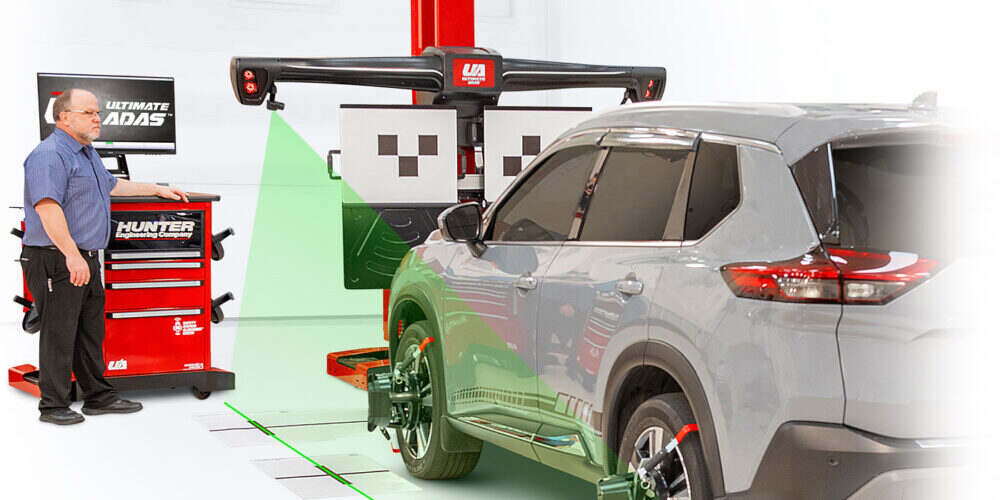
AMN: Pete, over the last decade, Hunter has focused on connecting its equipment (aligners, tire changers, wheel balancers, etc.) to a cloud portal and giving tire dealers actionable data. Can you describe how that works and how that’s changed the value proposition for shops investing in Hunter equipment?
Liebetreu: Our connectivity has evolved over the years. It started off as cloud storage for shop owners to view alignment results or a way to get spot specifications if there’s brand new spec. Then, our first natively Internet of Things (IoT)-based product was our Quick Check Drive, which is our touchless digital inspection system. That put us in the portal mindset.
We had to figure out the best way to display a vehicle’s alignment results for customers. We started thinking outside of IoT, and that’s where HunterNet 2 (Hunter’s software that allows shops to track and manage ROI on their Hunter machines) came about. That was launched at the end of 2020. In the HunterNet2 portal, we have a complete library of documentation for that piece of equipment for shop owners to see their payoff. It’s a no-cost addition. As a shop buys new Hunter new equipment, they can hook it up to HunterNet2 to collect equipment utilization data. They can choose to see all the wheels and tires they’ve serviced, what the average service time is, the number of alignments performed per day and per alignment rack, etc.
If you have more than one facility, you can build a multi-store arrangement and elevate the underperforming stores while celebrating the top-performing stores.
We’re technology people, and in our world today, there are so many great experiential portals out there that are amazingly useful. We want to add that sort of value for our customers. We’d like them to feel like we’re their reliable wheel service partner that can increase their business’s profitability.
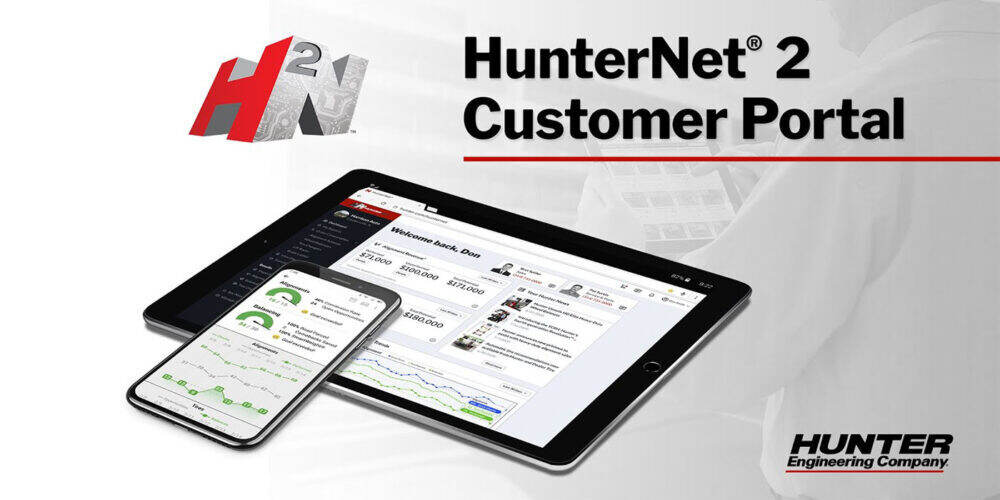
AMN: Let’s talk about the expansion Hunter has done in recent years. The company expanded its Missouri plant in 2021, and in 2022, it opened another distribution center in Mississippi. Tell me about the company’s recent growth.
Liebetreu: The distribution center has two crucial benefits for Hunter and our customers: First, it’s placement. It is between two of our biggest plants in Mississippi and is where all the equipment for an order comes together. In the past, Hunter would ship equipment from different plants and go through a lot of logistics to be sure they arrived at the customer’s location at the same time. With the distribution center, all equipment is delivered there and is shipped out together. This gives our customers a better experience.
Secondly, now with our finished inventory in a distribution center, we were able to expand our manufacturing facilities in Durant and Raymond, Mississippi, to produce more products.
AMN: Tell us about Hunter’s business areas of focus.
Liebetreu: Ultimate ADAS and the Maverick Tire Changer have been additive to Hunter’s units out the door. We have a great balancer business, a strong wheel alignment business and a solid tire changer business. The new Maverick Tire Changer (billed as a “technician-focused” tire changer) captured more business in that segment for us. Then, Ultimate ADAS was a launch in a whole new segment. That’s two big launches in 14 months. While these have been recent areas of growth, we are also focused on enhancing our products in inspection and alignment to meet the needs of today’s technicians.
AMN: Hunter also provides solutions for the heavy-duty segment. Tell us about some of the recent innovations the company has produced to help fleets reduce downtime and increase tire/vehicle longevity.
Liebetreu: Last year, we launched our vision-based wheel aligner as part of our Hawkeye series, called the Hawkeye XL. This technology can measure long wheelbases and make heavy-duty wheel alignment adjustments. The Hawkeye XL brings the convenience and low maintenance our camera systems have brought to passenger cars to the heavy-duty side. We introduced the Hawkeye XL into the marketplace in September, and we’ve seen substantial growth in our alignment category.
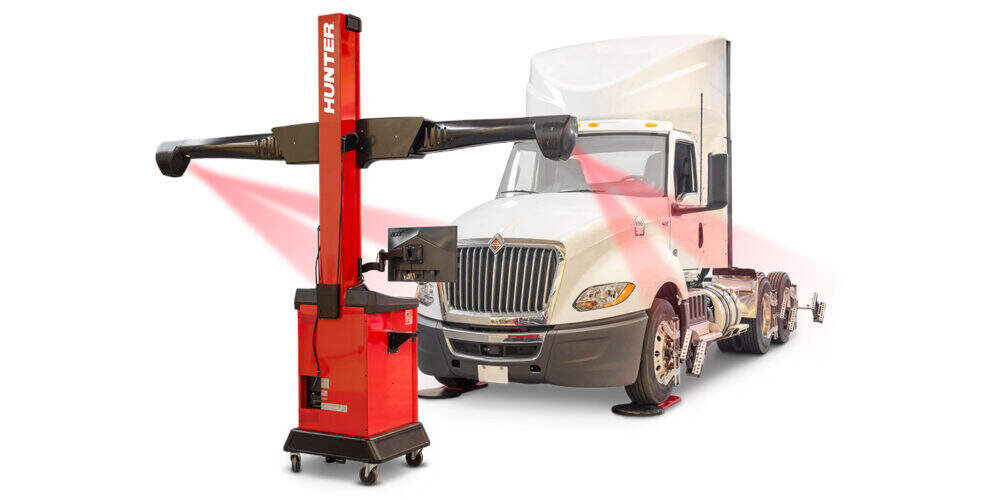
AMN: Down the line, what are ways that Hunter is looking to enhance its products to make it easier for technicians to interact with the company’s equipment?
Liebetreu: I think it comes down to automation. We’re focused on making everyone in a shop more effective, both with their time and effort put into a job. These make a difference in their quality of life. For a technician doing an ADAS calibration, they shouldn’t have to be crawling on the floor to put a target or tape down.
Speed also helps technicians. Everyone benefits from a faster process. For years, our focus has been on how we can cut a step or multiple steps out of a process.
We also want to make sure that we error-proof processes and take out any technician confusion. That’s why our products come with a screen that shows step-by-step instructions.
Shops want to make more money and do more jobs in less time. And with our equipment, shop owners will be able to keep their technicians longer. Automation allows for fewer points of risk.
AMN: The last point I want to touch on with you, Pete, is EVs. What is Hunter’s outlook on that segment?
Liebetreu: For us, we don’t have a position on EVs versus ICE vehicles. EVs require wheel service, and we just view them as a different type of vehicle. We do encourage our customers to embrace them because why wouldn’t you? Any kind of new technology gives you new opportunities.
EVs are also all about tires when it comes to service. They go through tires faster. Anything related to tire work, which would include wheel alignment, should be a core part of a shop’s business. If you’re a tire expert, make sure you get the word out that you’re a tire expert for EVs, too.
Read more AMN Executive Interviews here.

